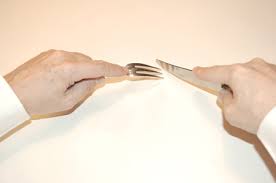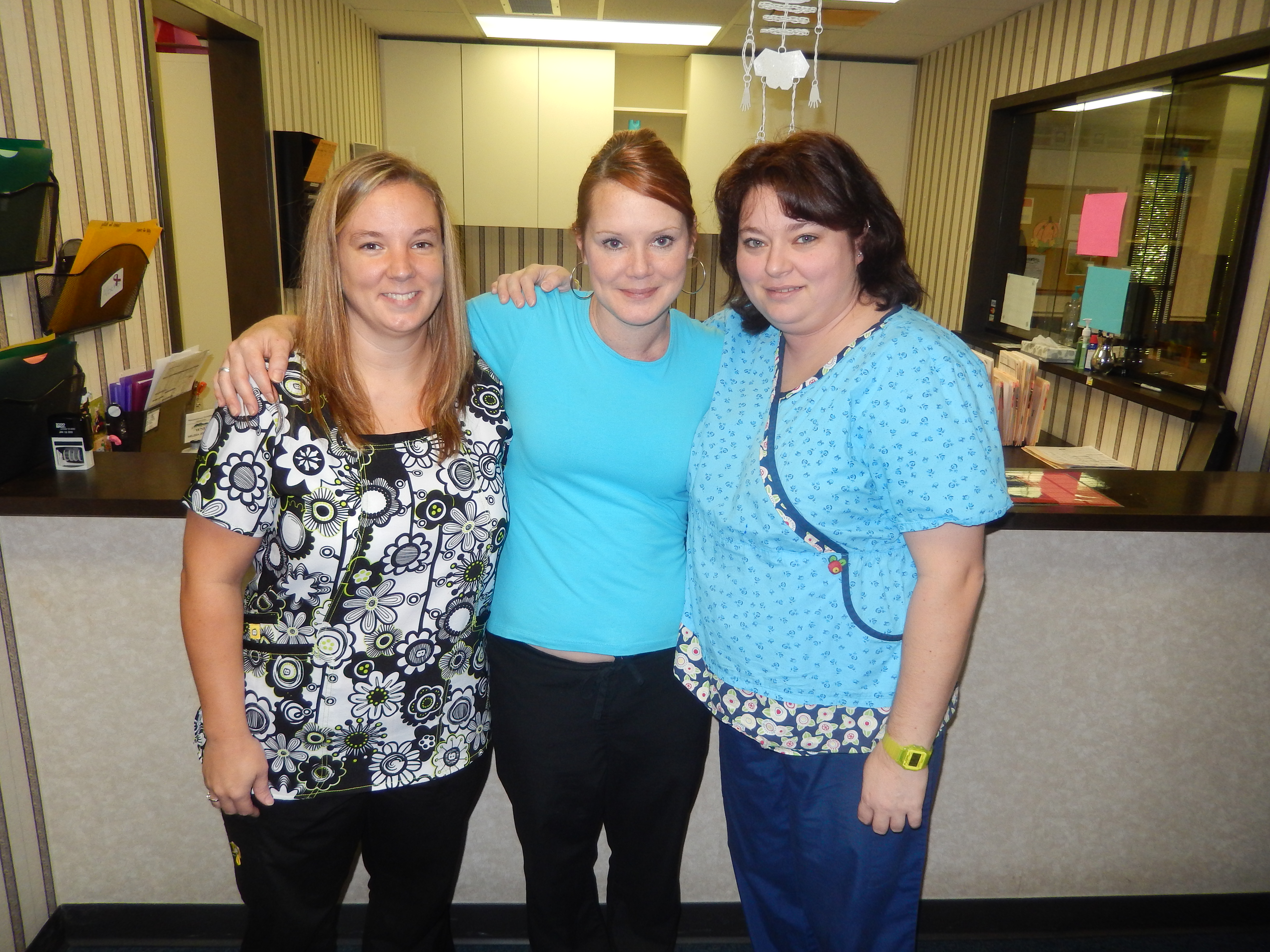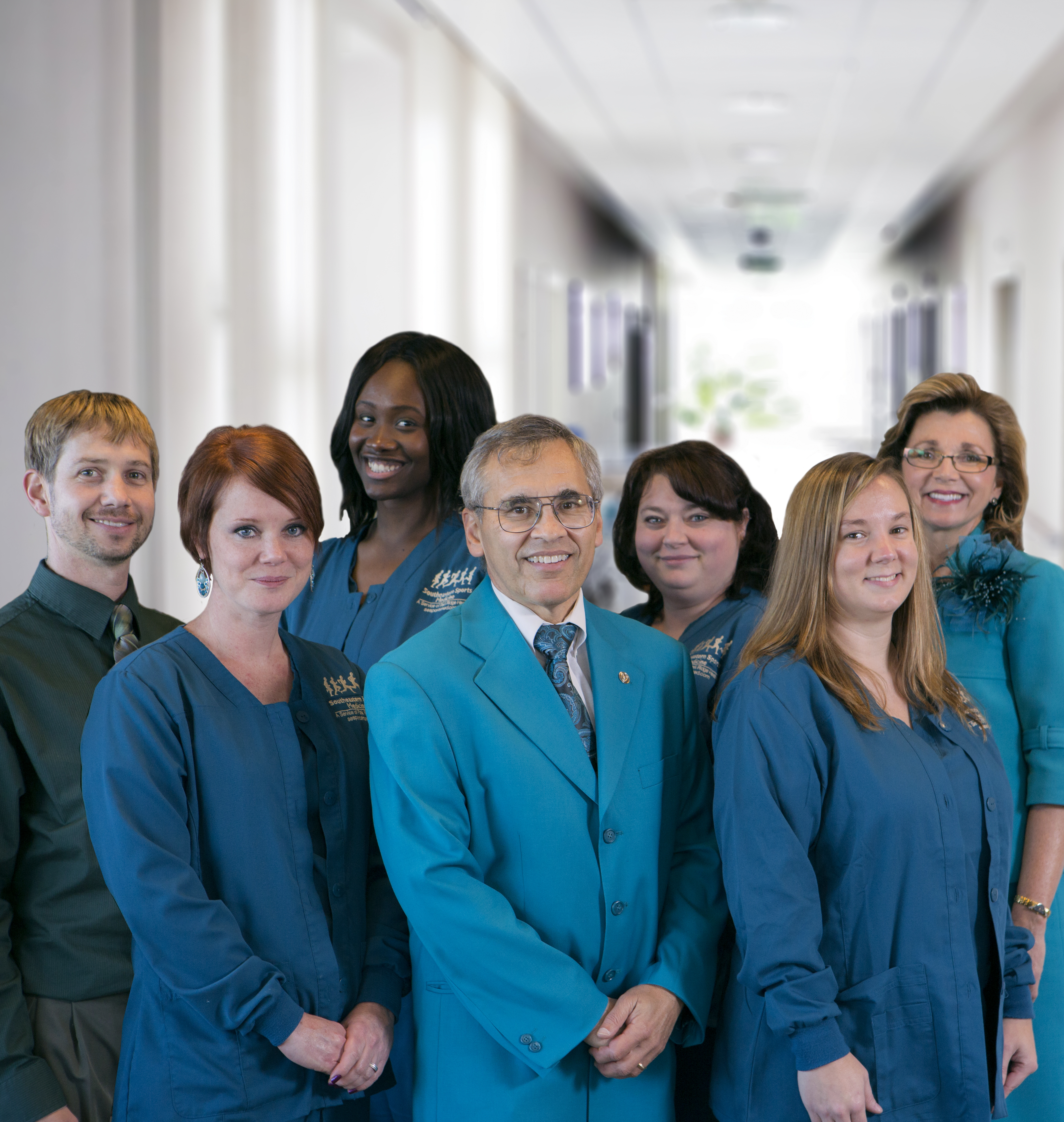
A Medical Manners Moment…
Holiday Gifting for Your Medical Staff
I am always disappointed when I hear health care workers in larger medical groups say that they don’t think their physicians even know their names. A sad commentary I think, since a physician’s staff has a lot to do with the over all patient experience. Also, it has been shown that the feeling of being valued in a job is very important to all of us. So, if health care workers feel they are invisible to their physicians they are certainly not feeling valued.
Since this is the holiday season, now, is the perfect time for physicians and administrative people to show their appreciation to their staff members.
Here are some ideas on how to do that:
Attend the office Christmas party. If you are the boss and you don’t attend the practice party, the message you are giving is one of indifference or that you don’t care about your staff.
Gift your staff. Offering a monetary bonus if it is in your budget, or a thoughtful gift, is always appreciated at the holiday time. Focus on the word thoughtful.
Acknowledge everyone. Get to know all the staff people, from the scheduler to the people in your billing department by name. There all no small jobs in any organization.
Feed your staff. If the size of your staff is small enough, take them out for lunch occasionally. If it is too large for that, order in.
Remember your staff all year long. You don’t have to wait until the holidays to show your appreciation. Consider doing something nice for your staff throughout the year. For instance, acknowledging birthdays is another way to make them feel special.




